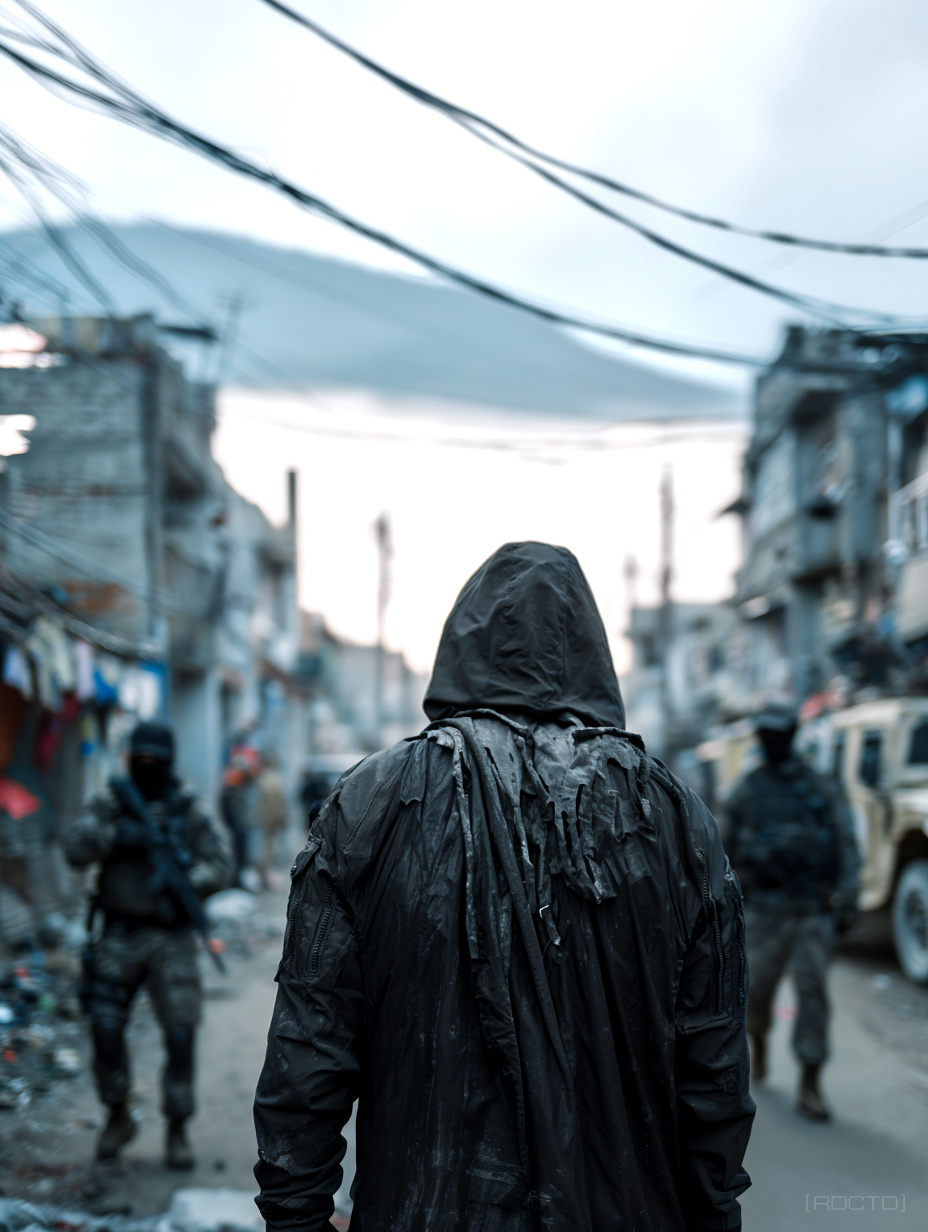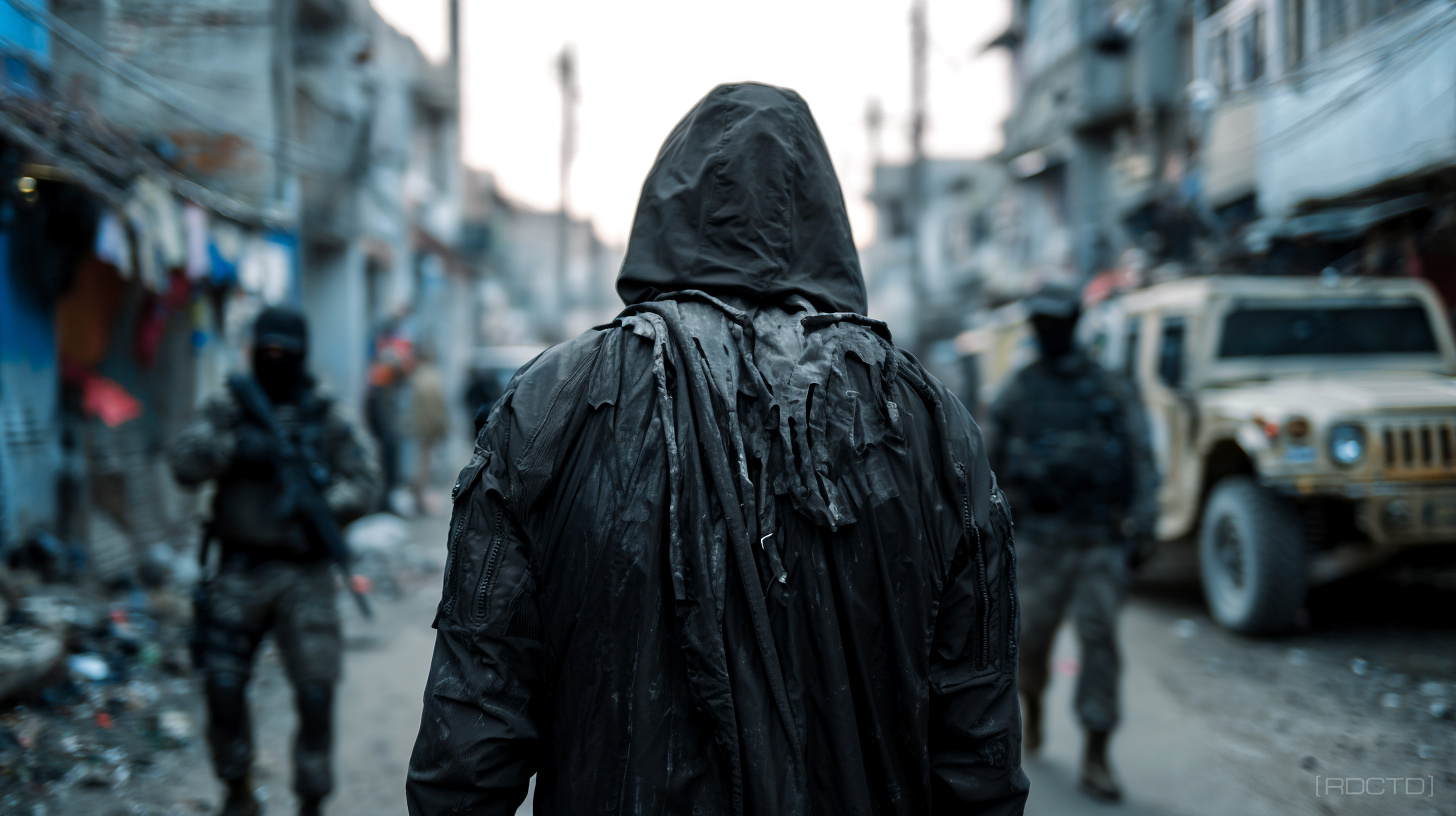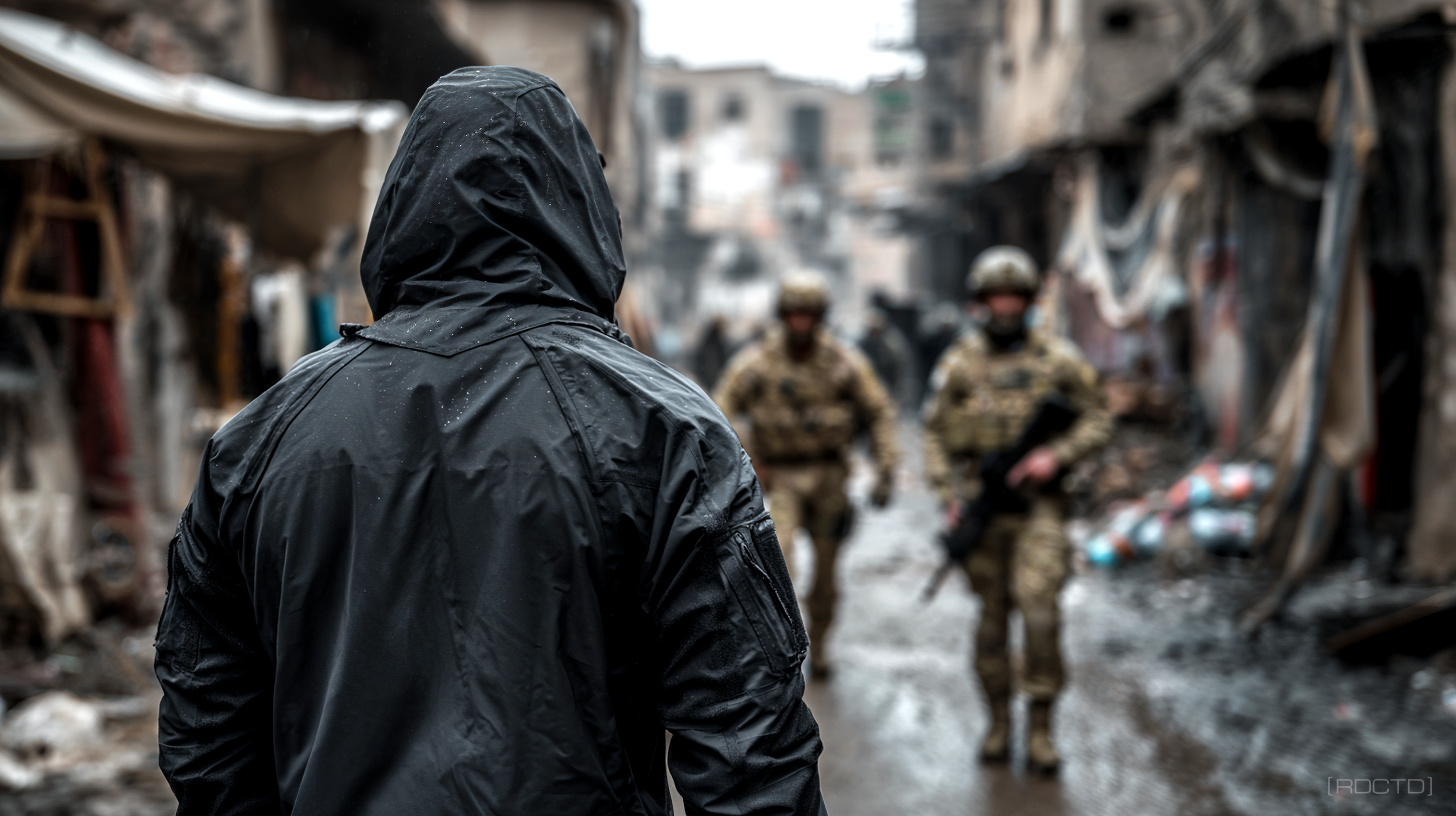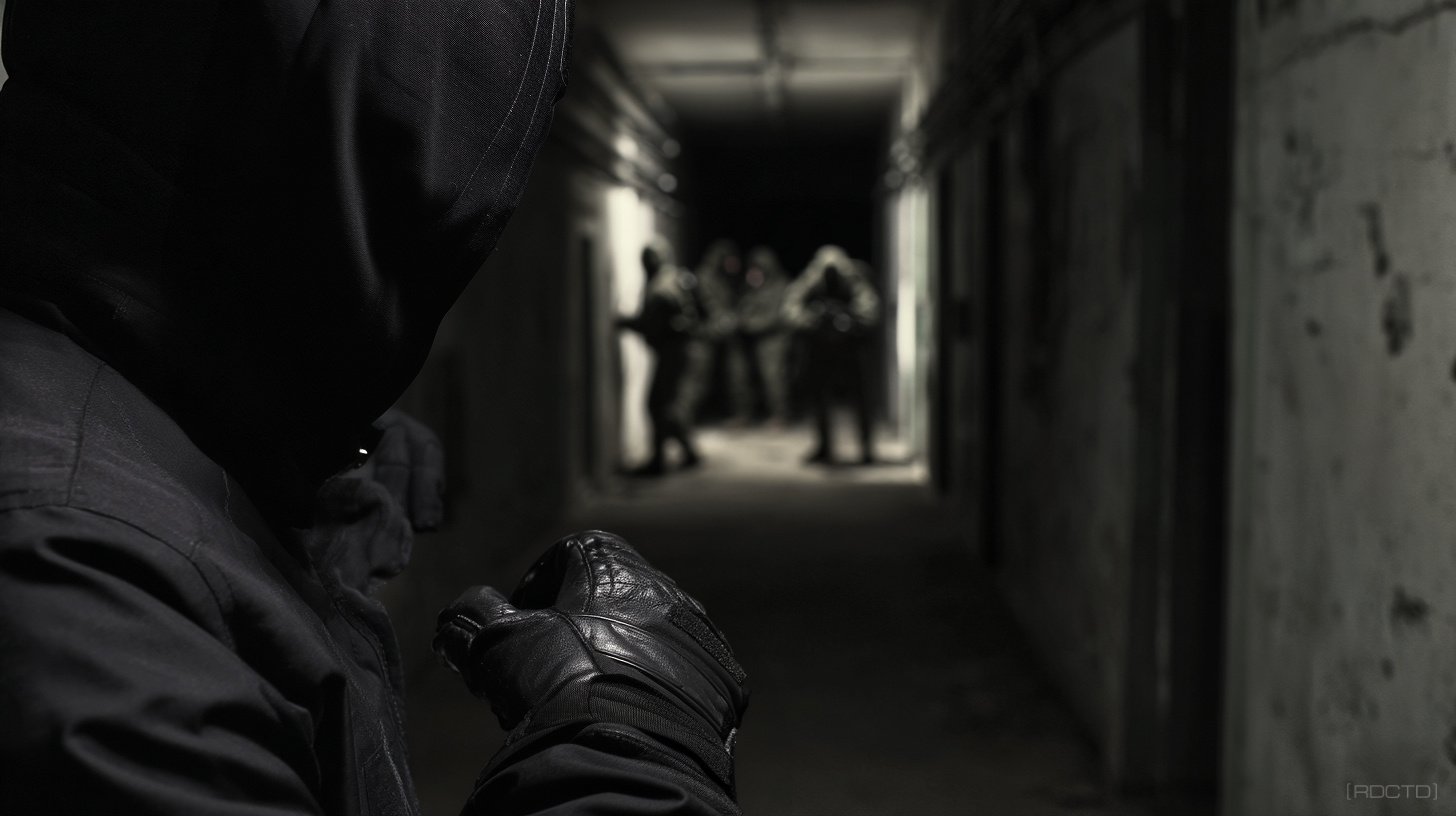 A technical method of choosing your next move from a continually updated probability distribution over hidden situations – balancing mission reward, risk, and intel gain when true states can’t be directly observed.
A technical method of choosing your next move from a continually updated probability distribution over hidden situations – balancing mission reward, risk, and intel gain when true states can’t be directly observed. ![]()
Decision-invariance is the signal to stop asking questions and start moving, commit and execute with maneuvering belief.
![]()
Markov Belief Maneuvering (MBM) is a decision framework that treats your operational situation as a partially observable Markov process and optimizes actions over a probability distribution – belief state – rather than over an unknown ground truth. You act not on what you see, but on what you infer.
MBM frames the situation with five elements described in plain terms: hidden states you care about but can’t observe, actions you can take, signals you do observe, a model of how the world changes when you act, and a model of how those signals are generated. The payoff model encodes mission progress and risk, so the policy naturally trades speed against safety.
In tradecraft terms, MBM makes you operate on inference, not hope. The value of this type of maneuvering is disciplined choice under uncertainty. Every move balances mission progress, risk, and information gain.
![]()
Define state hypotheses with explicit discriminators. If a hypothesis lacks at least one unique observable, drop it from consideration.
![]()
[ BELIEF DYNAMICS ]
![]()
The belief state evolves as you move and scenario changes. You start with a prior assessment drawn from pre-mission intel and baseline patterns. You take an action, either a probe to learn or an exploit to progress.
You receive new signals (hard sensor hits and soft indicators), and you update that assessment by asking, for each hypothesis, how consistent the signal is with its expected signature given your action and context.
Developing hypotheses that better explain the signal gain weight, those that don’t lose weight. With reliability, recency, and known false-positive/false-negative rates shaping how aggressively you reweight.
Action selection then weighs three things at once: expected mission gain (progress toward the objective), expected risk (exposure, compromise, or resource burn), and the value of information (how much the next move is likely to sharpen belief so the following decision is cleaner).
All under hard “gates” that block any move violating non-negotiable safety or policy constraints. A single “tuning knob” governs how aggressively you pay for information. Dial it up when uncertainty is dangerous or irrecoverable (life safety, high-stakes contact). Dial it down when tempo dominates or when additional clarity won’t change the decision.
In practice, keep the belief lightweight by maintaining a ranked short list of plausible hypotheses and pruning anything below a floor so tempo doesn’t collapse. Log each observation-action-outcome cycle so you can recalibrate signal reliabilities and transition assumptions post-mission.
![]()
Include a “null action” in every decision set. If nothing clears the bar, do the minimum that maintains posture and time.
![]()
[ EXAMPLE APPLICATIONS ]
![]()
![]()
Civilian Self-Protection
You’re walking to your car at dusk and notice a person has been behind you for some time, the true condition is unknown. So carry three possibilities: ordinary passerby, curious observer, or hostile intent.
Keep a pre-briefed action set: continue to destination; take a low-exposure diagnostic hold (linger briefly in a lit, camera-covered, staffed area while appearing to check your phone); initiate a benign pretext contact (ask staff for assistance, request an escort, call a any associate on speaker near people); or execute a bounded egress (return inside, wait with staff, or shift to a rideshare/police kiosk).
Watch for soft signals: mirroring across turns, pace matching, oblique closes, fixation, timing anomalies, or coordinated movement. Use “probes” that raise signal quality without raising exposure: change direction near cameras, vary pace past a staffed point, step into visibility.
Score options by safety first, time second, and add a premium for moves that sharpen your assessment fast. Use a short look-ahead. If a diagnostic hold is likely to reveal true intent at low cost, take it; if confidence stays benign and you’re within risk gates, continue. If any trigger trips – distance collapses despite your turn, pressure toward a secondary location, flanking – pivot to bounded egress and involve authorities.
Enforce hard gates. Don’t “test” by moving into darker areas, keep minimum standoff via barriers, stick to lit, camera-covered routes, avoid elevators alone, and favor populated paths over shortcuts. Practical deterrents: re-enter a staffed store, request a security walk-out, trigger your car alarm, or call emergency services on speaker.
![]()
![]()
Street-Level Cover Check
You’re operating under cover and encounter uniformed enemy soldiers, the true condition of your cover is unknown. So you carry a running assessment with three possibilities: cover intact, under scrutiny, or compromised.
Keep your action set at the policy level: continue as planned; execute a low-exposure diagnostic pause (a brief, pre-authorized dwell in a neutral, high-visibility venue); conduct a benign, time-boxed pretext check you’re actually credentialed to perform; or transition via a bounded egress handoff to a lower-exposure state (such as deferring movement or transferring custody according to plan).
Your observations are soft signals whose reliability you understand in advance. Sustained attention, unscripted identity probes, density or positioning changes, timing anomalies, and other ambient cues like radio chatter or coordinated movement – that help you judge whether attention is rising or dissipating.
Maintain a simple mental model of how attention escalates or cools in response to posture, proximity, and elapsed time. Because certain moves slightly increase the odds that scrutiny hardens into compromise. When you score options, value mission progress and penalize exposure and delay, and add a premium for actions that are likely to optimize your assessment. That premium is your explicit price on clarity and should be tuned to the threat environment and mission phase.
Using a short look-ahead (one or two moves), favor a diagnostic pause if confidence of compromise is low and the pause is likely to produce high-quality signals at minimal exposure. If pre-briefed risk gates are crossed, pivot to bounded egress without debate. Enforce hard gating rules – no identity-provoking behavior, strict time caps, no unscripted route changes, and tight comms discipline – so information-seeking can’t breach safety ceilings even if your belief proves wrong.
Act on a structured belief, harvest discriminative signals safely, and let pre-briefed gates (not adrenaline) govern the continue/probe/disengage decision.
![]()
![]()
Environmental Movement Risk
You’re maneuvering with uncertainty about whether the operating corridor is benign or hazardous for movement. So you explicitly treat those as two competing possibilities and keep a running assessment of how likely each is.
Keep your action set at the policy level: proceed as planned; execute a low-exposure diagnostic hold (a brief, pre-authorized pause to gather additional environmental indicators); or take a risk-bounded diversion to a pre-cleared, lower-exposure corridor.
Your observations are soft signals: real-time environmental cues, third-party reports, and sensor flags – whose reliability you already understand from training and prior missions, so you can judge how much each should move your assessment. In parallel, maintain a simple model of how conditions change over time and under different choices – fronts move, crowds build or disperse, lighting shifts – so your forecast isn’t frozen in place.
When you score options, value mission progress and penalize exposure and delay, and add a premium for actions that are likely to sharpen your picture quickly. That premium is your price on clarity. Using receding-horizon MBM, you look one or two moves ahead. If a diagnostic hold is likely to deliver meaningful clarity at minimal exposure, you take it; if your current confidence supports “benign” within established risk gates, you proceed; if your assessment tips toward “hazardous,” you divert.
Hard gating rules: predefined time caps, maximum exposure budgets, and a ban on unvetted route changes. This ensures information-seeking never breaches safety ceilings even if your belief proves wrong.
![]()
Run a two-scenario drill before committing: best plausible and worst plausible. Choose only actions that survive both.
![]()
[ EXECUTION ]
![]()
To operationalize MBM, explicitly list the hidden-state hypotheses you actually care about. The actions you’re genuinely willing to take under doctrine, and the observations you can model and collect with confidence.
Rehearse with randomized scenario rollouts to expose brittle edges, stress the gates, tune the ‘information knob’, and feed telemetry back into your models. That means making the next move the one that advances the mission and buys the right amount of clarity, even when you can’t see the full board.
![]()
![]()
[ FINAL ]
![]()
Utilize the ‘information knob’ as the single control surface that turns Markov Belief Maneuvering as executable tradecraft. Set default posture by phase. Ingress at medium–high to buy early clarity, high on-objective where errors are costly, high again on exfil to prevent surprises, and low–medium during time-critical transit with good visibility – so tempo isn’t taxed needlessly.
Then apply two pragmatic cues ruthlessly. Raise the ‘knob’ when the next move is irreversible (hard commits, exposure that can’t be unwound, limited exfil windows). Lower it when added clarity won’t change your action (decision-invariant next steps, stable gates, clean exit geometry).
This keeps probing purposeful, preserves speed when it matters, and aligns belief updates with hard constraints. Use it, review it, and tune it after every evolution – the ‘knob’ is how you make MBM consistently repeatable.
![]()
// A plan tells a story, a strategy edits the future.
[INFO : Tactical Probabilistics Method]
[OPTICS : Baghdad, Iraq]
![[RDCTD]](https://rdctd.pro/wp-content/uploads/RDCTD-Covert-Operative-Tradecraft-Guide-LOGO-tk.png)
![[RDCTD]](https://rdctd.pro/wp-content/uploads/RDCTD-Covert-Operative-Tradecraft-Guide-LOGO-mobile.png)







